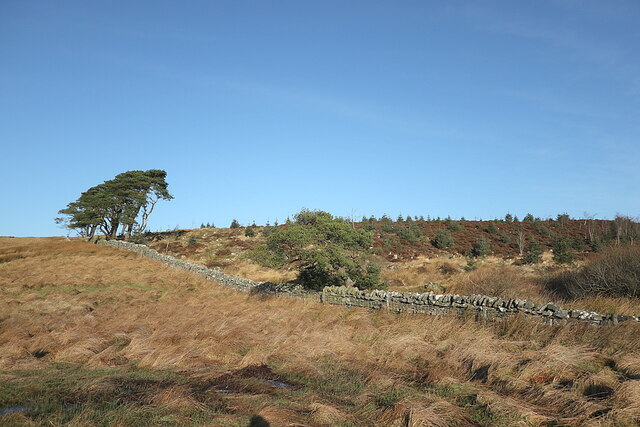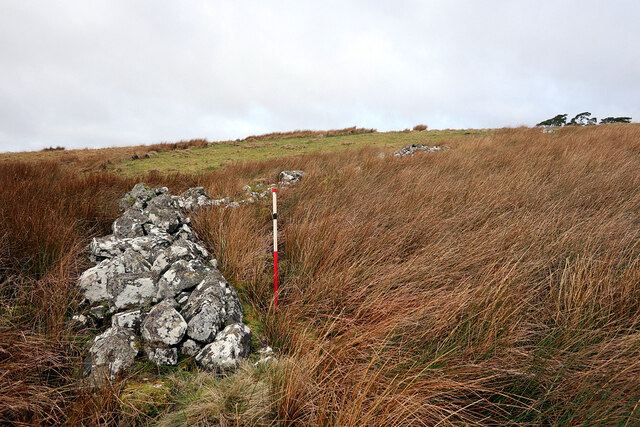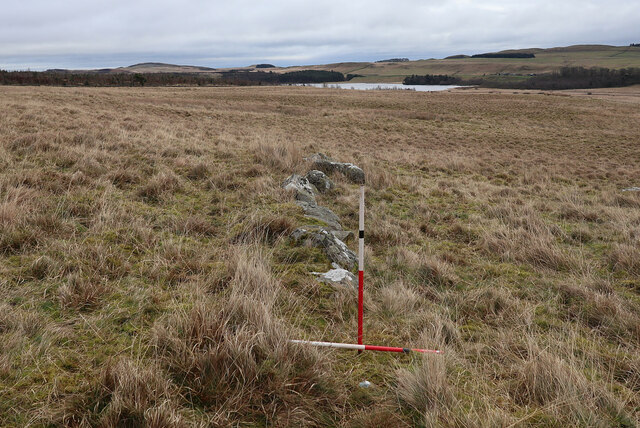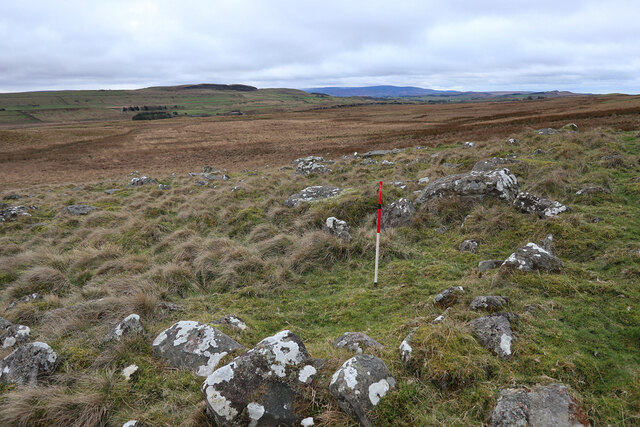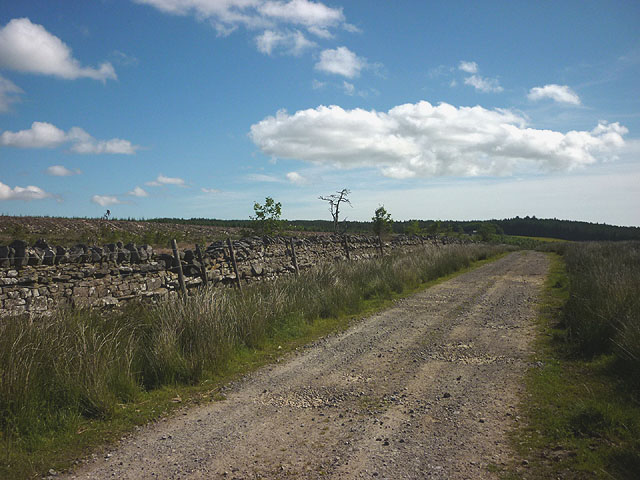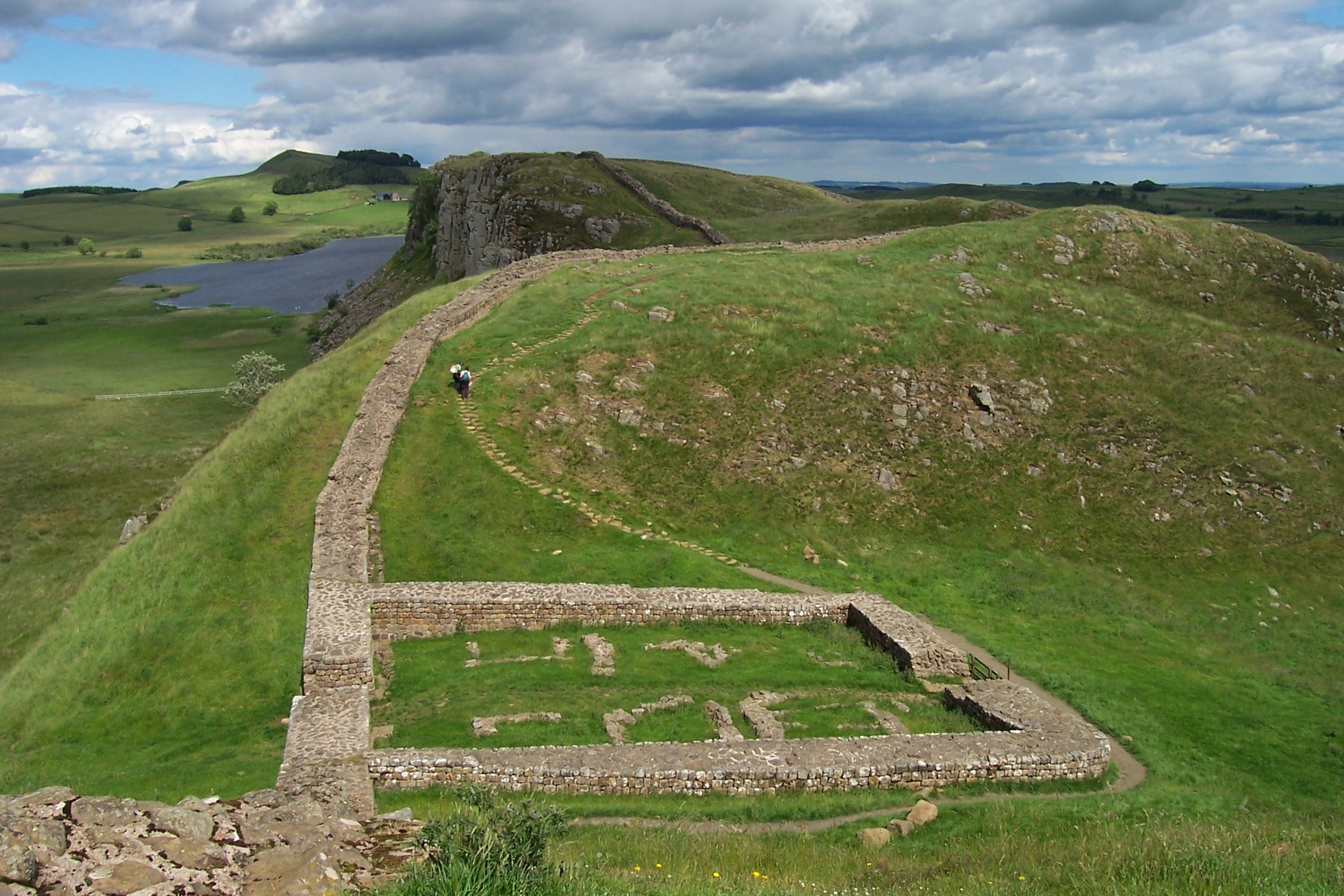Game Cleugh
Valley in Northumberland
England
Game Cleugh
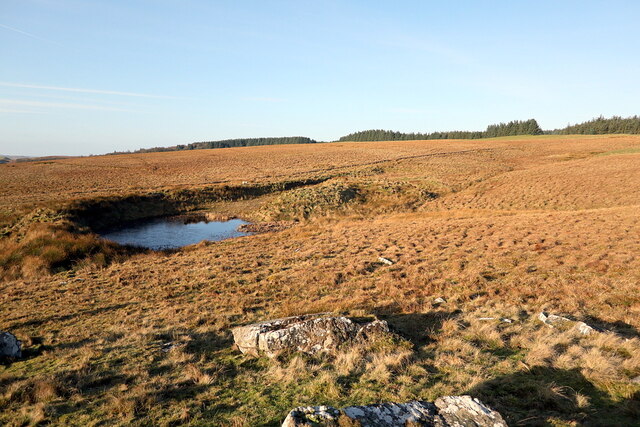
The requested URL returned error: 429 Too Many Requests
If you have any feedback on the listing, please let us know in the comments section below.
Game Cleugh Images
Images are sourced within 2km of 55.037819/-2.3794092 or Grid Reference NY7571. Thanks to Geograph Open Source API. All images are credited.
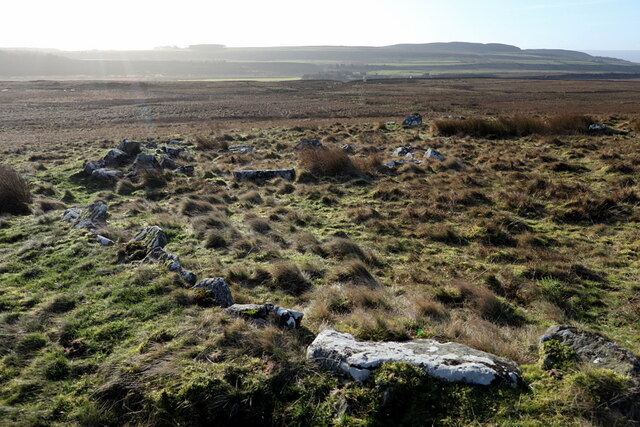
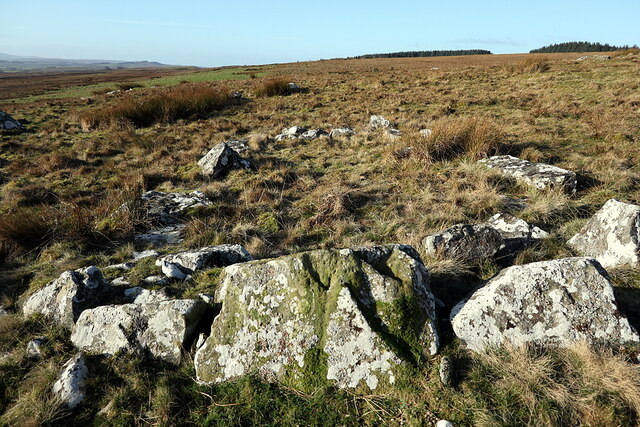

Game Cleugh is located at Grid Ref: NY7571 (Lat: 55.037819, Lng: -2.3794092)
Unitary Authority: Northumberland
Police Authority: Northumbria
What 3 Words
///skate.hurtles.dragonfly. Near Bardon Mill, Northumberland
Nearby Locations
Related Wikis
Crag Lough
Crag Lough is an inland lake at the southern edge of Northumberland National Park, 2.5 miles (4.0 km) north of Bardon Mill, and 0.5 miles (0.8 km) north...
Broomlee Lough
Broomlee Lough is an inland lake in Northumberland, England at the southern edge of Northumberland National Park. The lough lies immediately north of the...
Milecastle 38
Milecastle 38 (Hotbank) was a milecastle on Hadrian's Wall in the vicinity of Hotbank Farm, (grid reference NY77276813). It is notable for the joint inscription...
Milecastle 39
Milecastle 39 (Castle Nick) is a milecastle on Hadrian's Wall (grid reference NY76066773). == Description == Milecastle 39 is located northeast of Once...
Nearby Amenities
Located within 500m of 55.037819,-2.3794092Have you been to Game Cleugh?
Leave your review of Game Cleugh below (or comments, questions and feedback).


